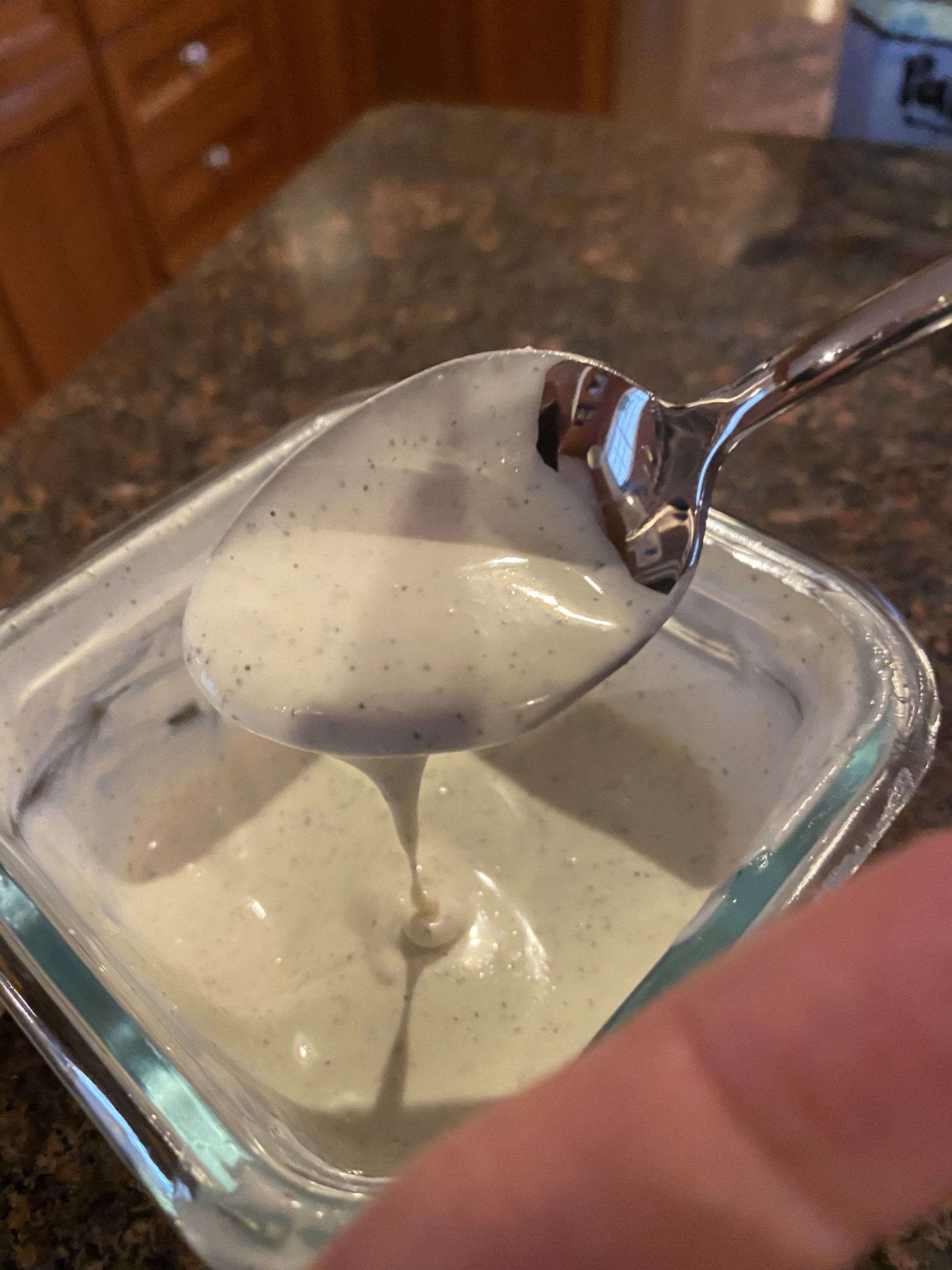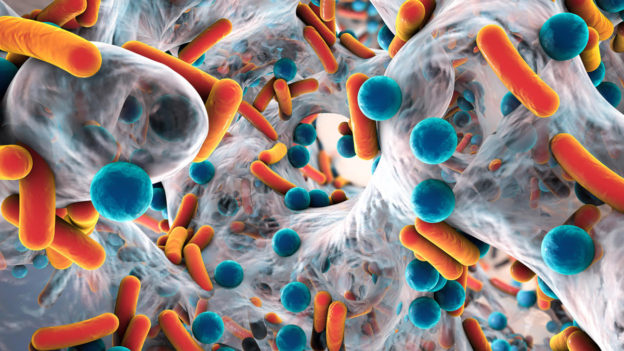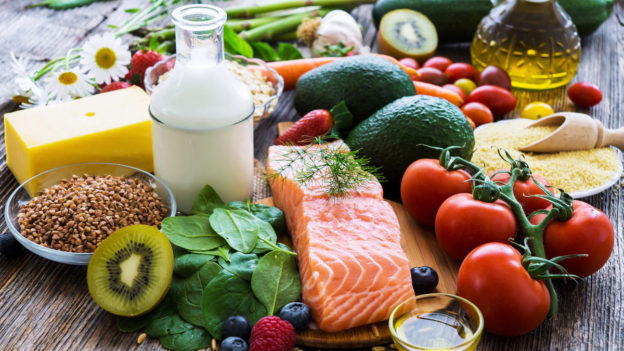I talk about eating whole foods (foods in their real or natural unaltered form) a lot, but most of us can’t do that 100% of the time!
I mean let’s face it. It isn’t realistic to expect yourself to never ever eat a processed or packaged food again.
Bread, crackers, pasta, or cookies are processed foods. Anything out of a bag or box or factory (vs the earth) is processed. The goal is to have whole foods as the norm, and processed food more infrequently.
When you do have processed foods, try to make sure that they are made with whole food ingredients.
But, how do you know?
Let’s compare a few common examples!
Below, I have compared two of each of the following: bread, ice cream, crackers. These are true ingredient lists from real products in your grocery store. These are popular successful-selling brands of these products. I have left out the names of the products (don’t want to get in trouble) but I assure you the ingredient lists have not been altered in any way.
Bread:
Whole food ingredients:
Example One:
Whole Grain Spelt flour, water, sea salt.
Example Two:
Organic Sprouted Wheat, Filtered Water, Organic Sprouted Barley, Organic Sprouted Millet, Organic Malted Barley, Organic Sprouted Lentils, Organic Sprouted Soybeans, Organic Sprouted Spelt, Fresh Yeast, Organic Wheat Gluten, Sea Salt.
Versus:
Processed and unrecognizable ingredients:
Example 1:
Unbleached enriched flour (wheat flour, malted barley flour, niacin, reduced iron, thiamin mononitrate, riboflavin, folic acid), water, high fructose corn syrup, yeast, contains 2% or less of each of the following: calcium carbonate, soybean oil, wheat gluten, salt, dough conditioners (contains one or more of the following: sodium stearoyl lactylate, calcium stearoyl lactylate, monoglycerides, mono- and diglycerides, azodicarbonamide, enzymes, ascorbic acid), vinegar, monocalcium phosphate, yeast extract, modified corn starch, sucrose, sugar, soy lecithin, cholecalciferol (vitamin d3), soy flour, ammonium sulfate, calcium sulfate, calcium propionate (to retard spoilage).
Example 2:
Enriched wheat flour [flour, malted barley flour, reduced iron, niacin, thiamin mononitrate (vitamin b1), riboflavin (vitamin b2), folic acid], water, high fructose corn syrup, yeast, soybean oil, salt, wheat gluten, calcium propionate (preservative), monoglycerides, datem, calcium sulfate, soy lecithin, citric acid, potassium iodate, monocalcium phosphate, cornstarch, calcium phosphate.
Ice cream:
Whole food ingredient example:
Cream, skim milk, cane sugar, egg yolks, vanilla extract.
Processed example:
Milk, Cream, Corn Syrup, Skim Milk, Sugar, Whey Protein Concentrate, Whey, Buttermilk, Vanilla Extract, Guar Gum, Mono And Diglycerides, Xanthan Gum, Carrageenan, Annatto Extract And Turmeric (For Color).
Crackers:
Whole food example:
Whole wheat, oil, and salt
Processed example:
Unbleached enriched flour (wheat flour, niacin, reduced iron, thiamin mononitrate, riboflavin, folic acid), soybean oil, sugar, partially hydrogenated cottonseed oil, salt, leavening, high fructose corn syrup, soy lecithin, malted barley flour, natural flavor.
In conclusion, with a bit of research and label reading you can ensure you are getting the most whole foods, and a minimal amount of processed foods in your diet as possible!








